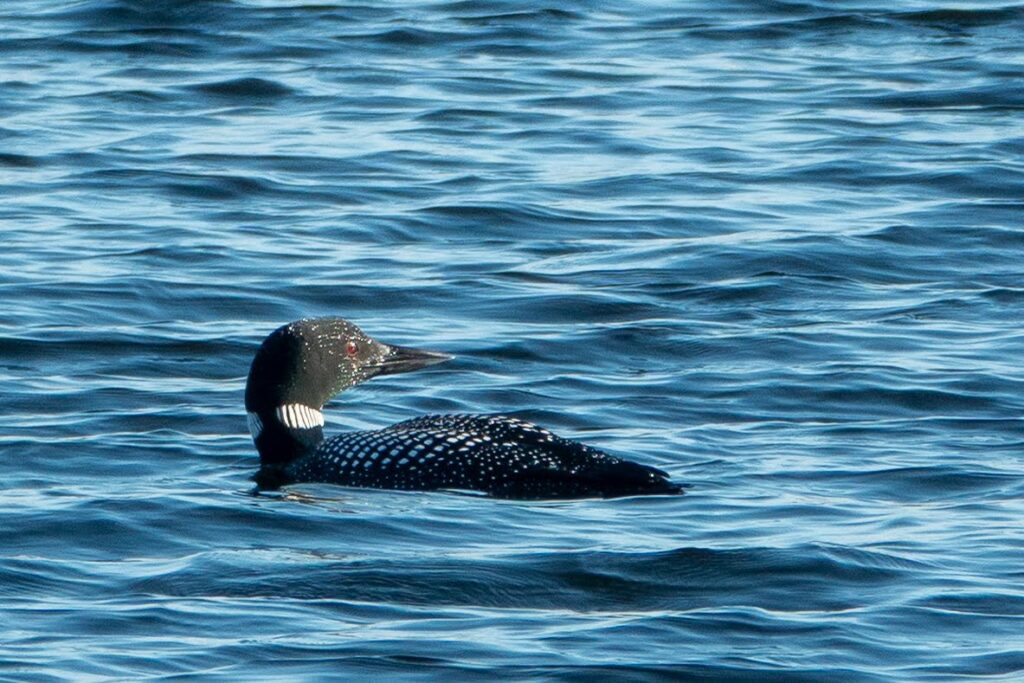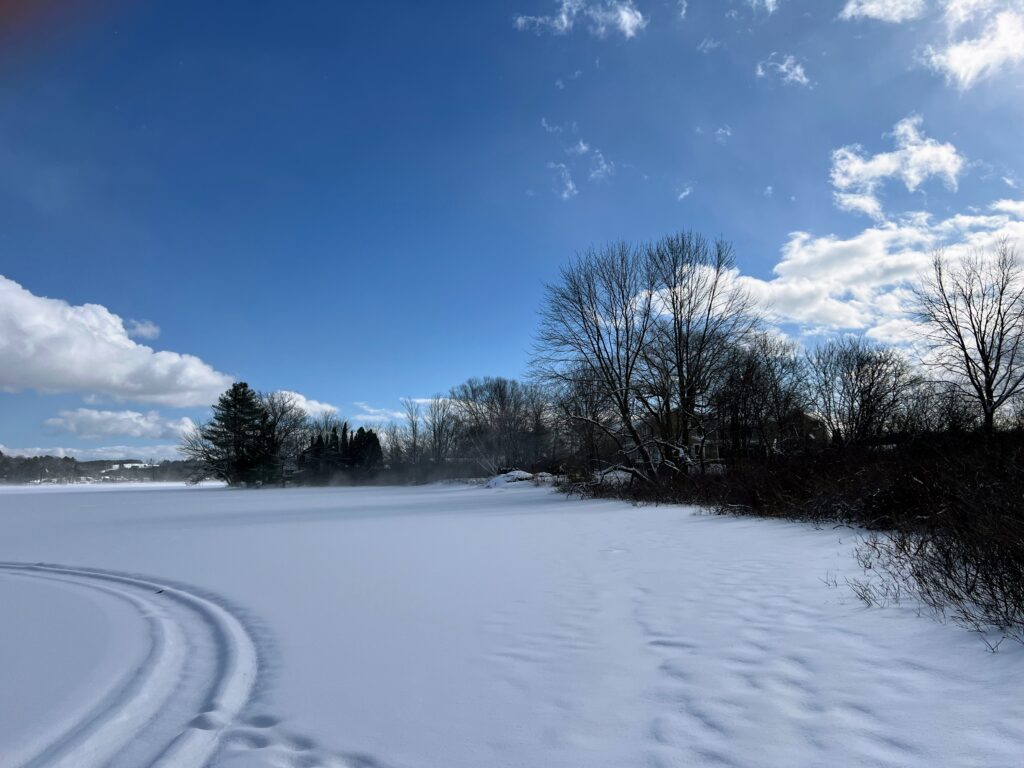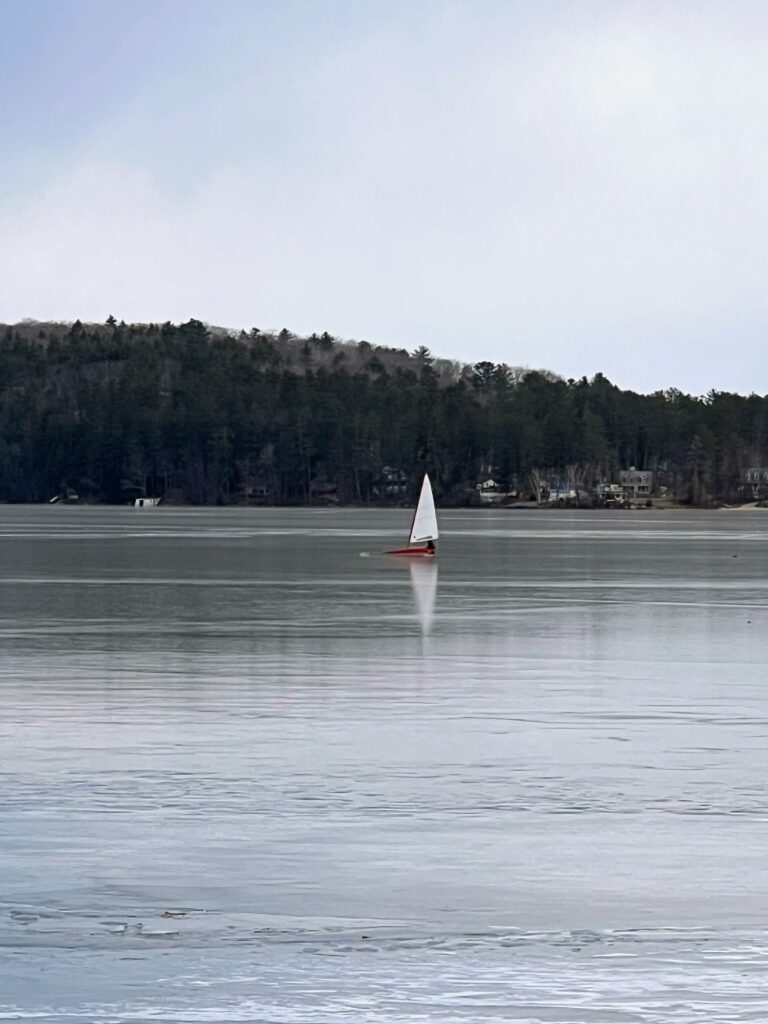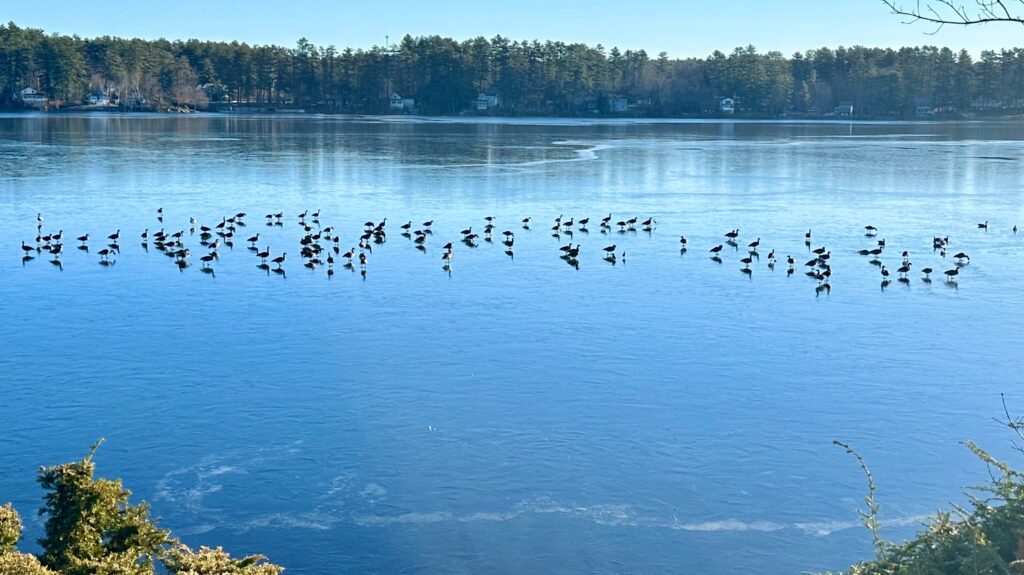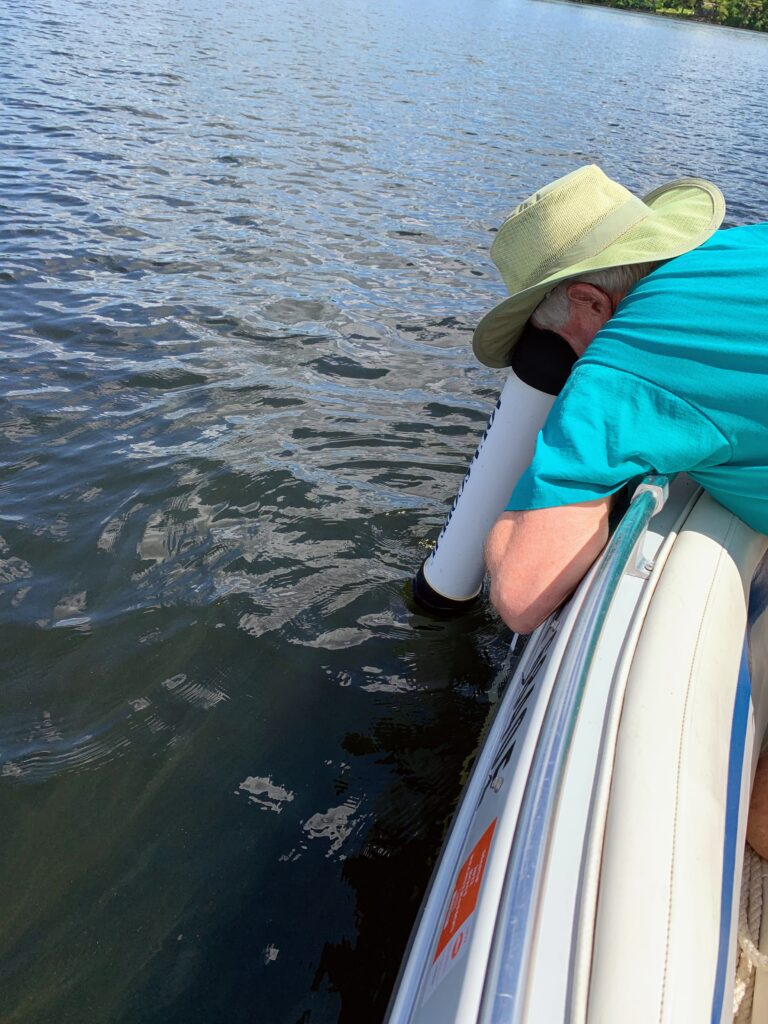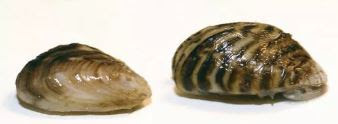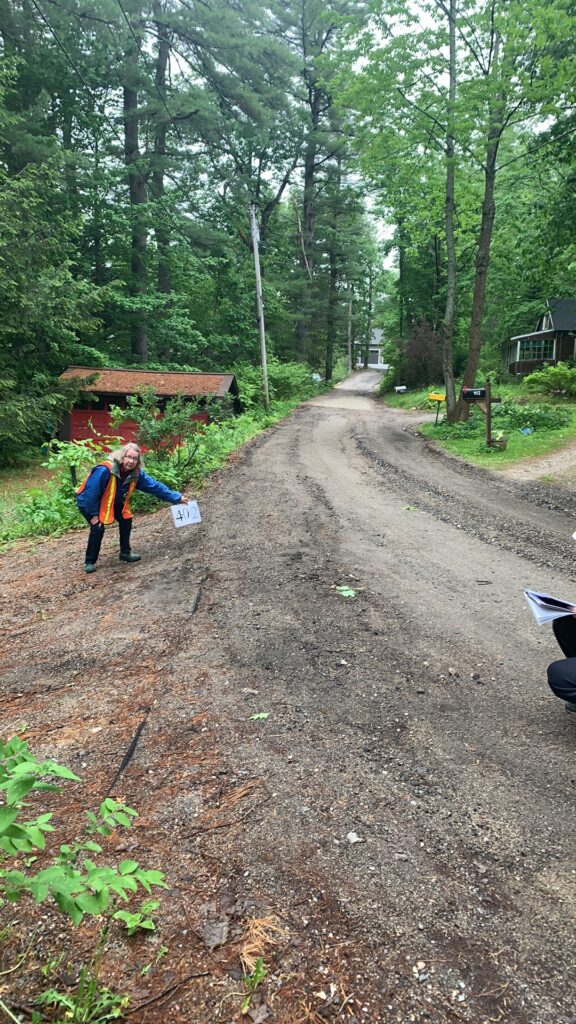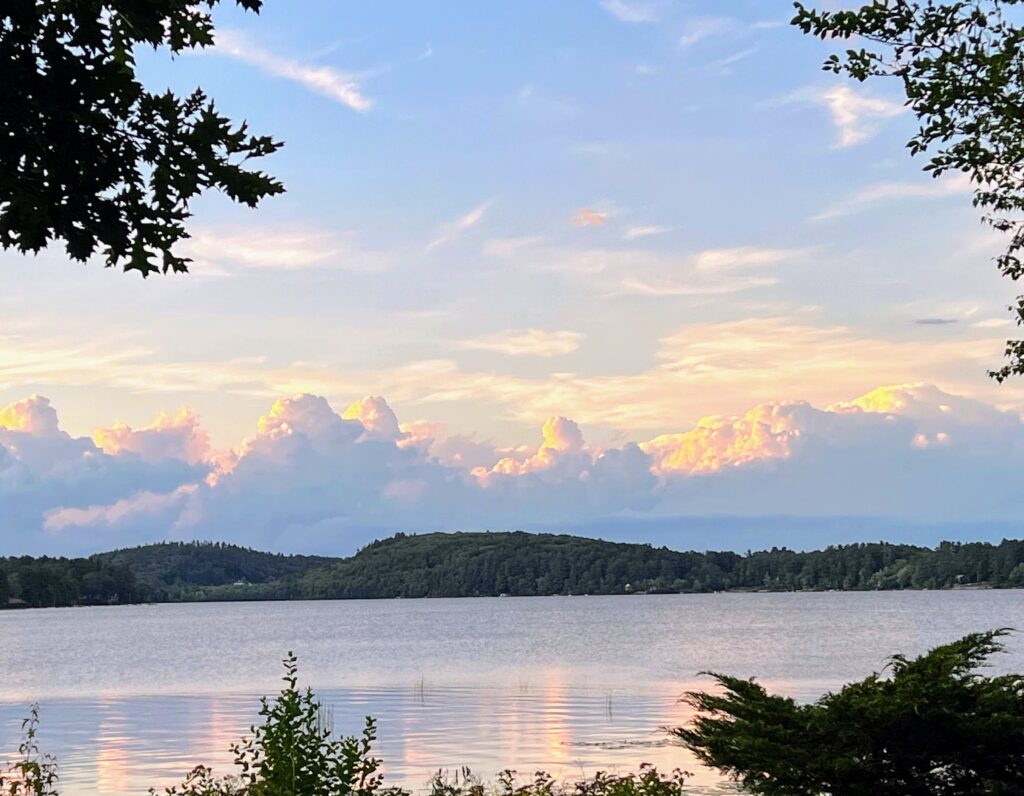Friday, June 6 · 9am – 1pm
Enroll for free, for Taylor Pond residents, by clicking on the link below. This workshop is the result of the watershed survey conducted in 2023 and the grant received by Taylor Pond Association. Coordinating the survey, grant and now this workshop is the Androscoggin Valley Soil & Water Conservation District. Learn more by reading below or clicking on the link.
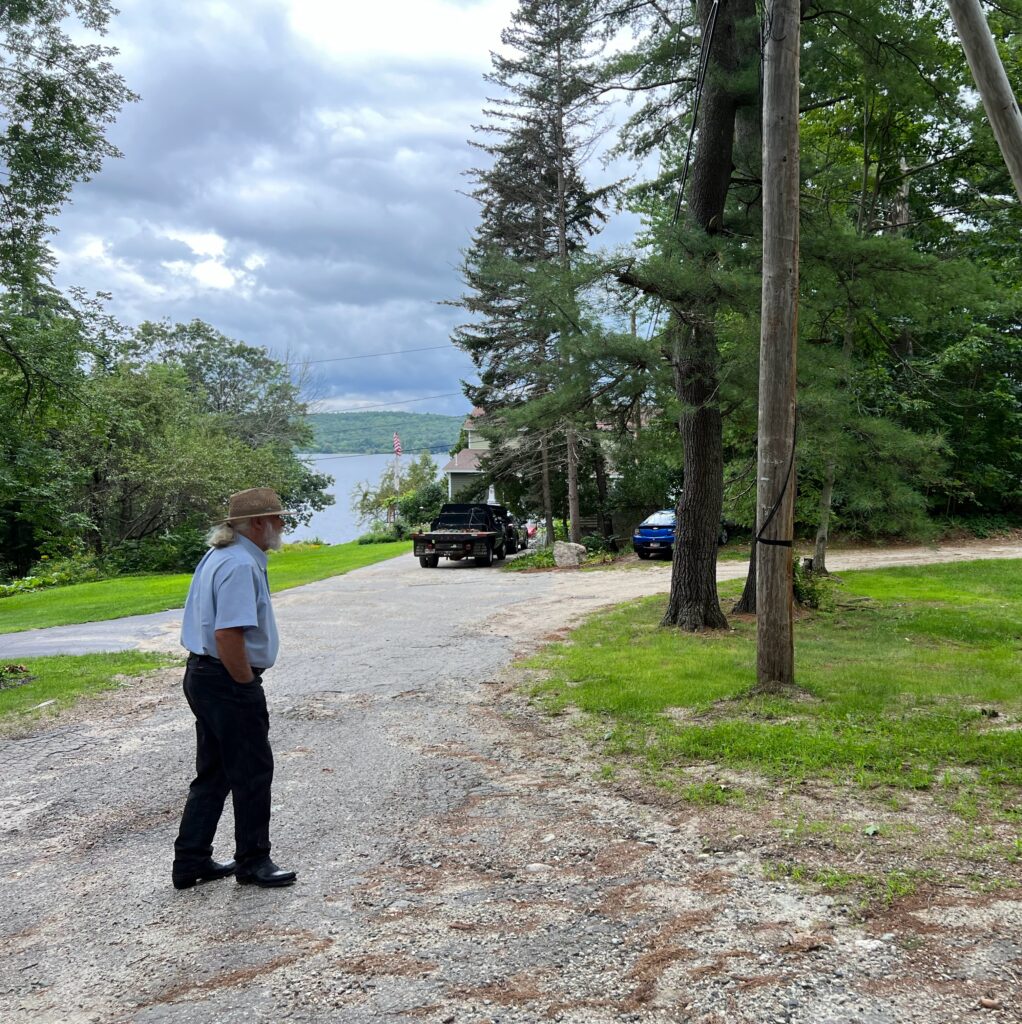
Proper maintenance of gravel roads and driveways is important for water quality, in addition to safe access and minimizing cost of repairs. Gravel and road material get washed away slowly every year and often that sediment ends up in our lakes and ponds!
In this training, participants will learn proper maintenance, types of road materials, how to evaluate a gravel road for maintenance needs, creating a road maintenance plan, and how to implement gravel road Best Management Practices. The class includes both classroom instruction and a site-walk of a local gravel road to provide a real-life scenario for discussion of potential improvements and practices.
This training is intended for road associations, town officials, contractors, gravel road or gravel driveway owners, watershed organizations, and any individual interested in better understanding methods and practices for evaluating and maintaining gravel roads referencing the Maine DEP Camp Road Maintenance Manual.
We will meet at the AVSWCD Office and then carpool to a nearby gravel road so that participants can relate real-life scenarios and potential improvements for identified problems.
Anyone who lives in the Taylor Pond Watershed are eligible for a scholarship. Please email Emma Lorusso ([email protected]) for scholarship information.
This class qualifies for 4 Continuing Education Hours (CEH) for individuals Certified in Erosion Control Practices by Maine DEP. Each CEH affords Certified individuals one year of recertification.
Funding for this event, in part, was provided by the U.S. Environmental Protection Agency under Section 319 of the Clean Water Act. The funding is administered by the Maine Department of Environmental Protection in partnership with EPA. EPA does not endorse any commercial products or services mentioned.
